Ao dai is the traditional costume of Vietnamese women, a unique cultural product imbued with national identity. Not only honoring the beauty of women, traditional ao dai is also a testament to the country's longevity over time.
The predecessor of the Vietnamese ao dai was the cross-collared ao dai, which appeared around 1744, made from four pieces of fabric, worn with a black skirt. At this time, the ao dai was sewn loosely, with slits on both sides, loose sleeves, and a long body reaching the heel. In the 17th century, the ao dai was stylized into a four-panel style for the convenience of women working and producing. During the reign of King Gia Long, the five-panel ao dai appeared. Following that were successively innovated styles such as the Lemur ao dai, the Le Pho ao dai, and the Raglan ao dai. By 1970, the traditional Vietnamese ao dai was born and completed until today.
Through historical periods with changes and innovations, up to now, Vietnamese Ao Dai has changed a lot in design, style, material, diverse colors, patterns, ... But in any period, Ao Dai still ensures tradition, contributing to the elegant and gentle beauty of Vietnamese women. Besides the common identity, Ao Dai also has its own nuances, clearly showing regional characteristics. In the South, the climate is hot all year round, Southern Ao Dai is reduced to high collar, wide collar, half-sleeved or short-sleeved. Northern Ao Dai has a variety of materials, from velvet, brocade to silk, ... Some mountainous areas often embroider brocade motifs, typical patterns.
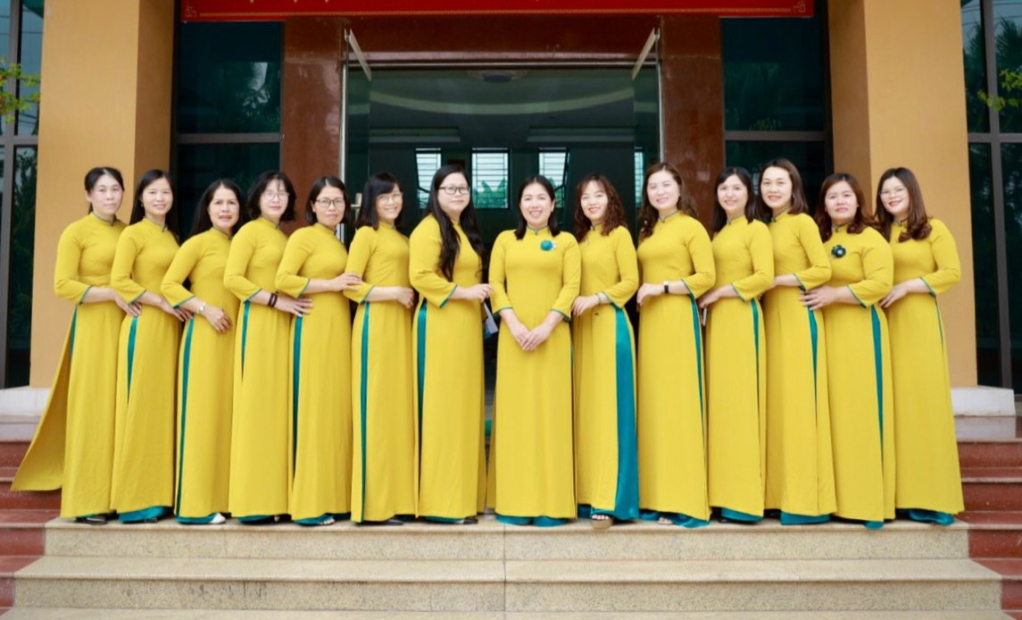
Having been in the ao dai business for nearly 30 years, Thanh Huong Ao Dai shop in Hop Giang ward (City) is a reputable address specializing in providing ao dai in the province. In addition to selling and renting ao dai, the shop is trusted by many agencies and event organizers to cooperate in providing ao dai costumes for art performances, festivals, performances, etc. Ms. Dang Thi Thanh Huong, the shop owner, shared: In addition to traditional ao dai models, the shop also has many designs printed with images of tourist attractions in Cao Bang that are popular with tourists and locals. Not only selling fashion products, we want to promote the image of the land and people of Cao Bang closer to domestic and international friends.
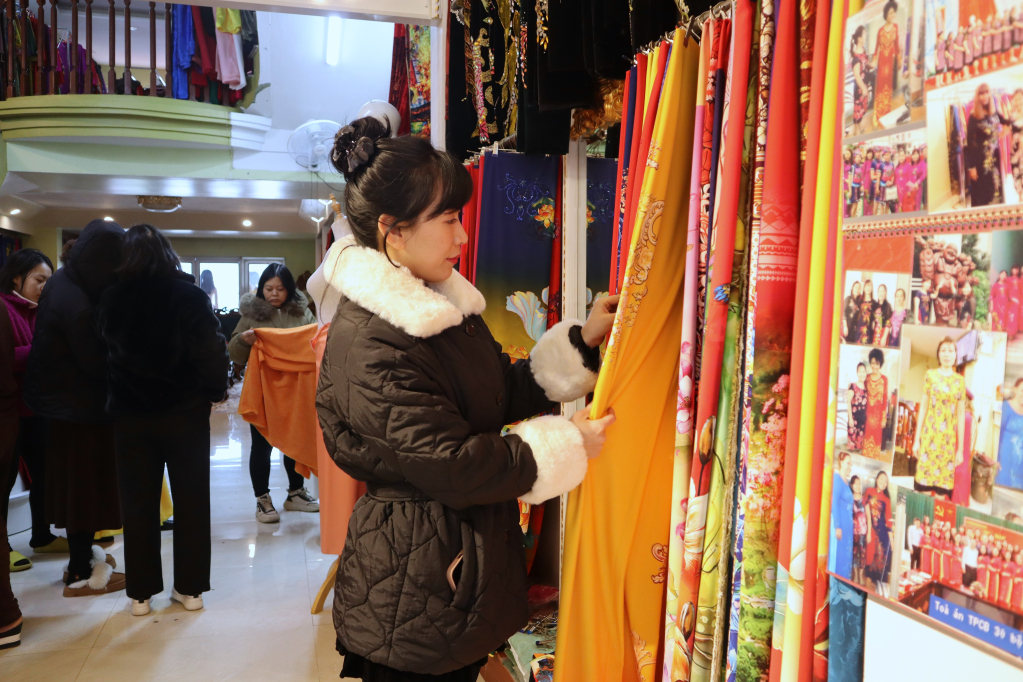
At Mai Huong Ao Dai shop in Hop Giang ward (City), colorful silk, brocade, velvet, etc. fabrics are hung in rows, looking very eye-catching. In addition to tailoring and selling Ao Dai, the shop also rents many designs from simple to hand-beaded designs, meticulously embroidered patterns. Ms. Tran Thuy Huong, the shop owner, shared: At the shop, the lotus embroidered Ao Dai model is chosen by many customers because it bears a strong mark of Vietnamese culture. The image of the national flower on traditional costumes is also a symbol of the beauty of the soul, the gentleness but also the resilience of Vietnamese women.
Unlike traditional costumes of other countries, Vietnamese Ao Dai is extremely simple, delicate, neat and also very graceful and elegant. Perhaps that is why Ao Dai has appeared and been associated with Vietnamese people's lives in the most natural way. Ao Dai is easily popularized among all classes of people, from formal events and ceremonies in the family, office, society, ... to performing arts, daily applications, especially on the occasion of festivals, traditional New Year; performing in festivals, fashion weeks, beauty pageants, domestic and foreign beauties ... While choosing an Ao Dai model to prepare for the occasion of March 8, Ms. Nguyen Quynh Trang, group 2, Song Bang ward (City) shared: I myself and women in general, every time I wear Ao Dai, I will always feel proud and love the traditions and culture of my country.
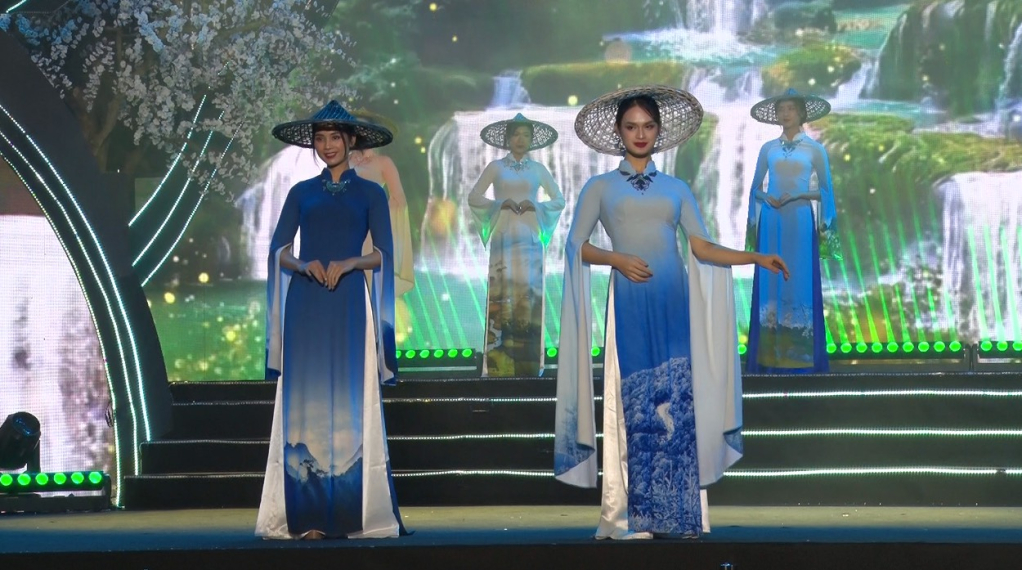
Not only is it the traditional costume of the Vietnamese people, the ao dai is also a special image in cultural diplomacy, helping international friends understand more about the country and people of Vietnam and bringing Vietnamese culture closer to international friends. The image of the Minister of Foreign Affairs of the Provisional Government of the Republic of South Vietnam Nguyen Thi Binh in the traditional ao dai at the Conference to negotiate the signing of the Paris Agreement on ending the war and restoring peace in Vietnam, on January 27, 1973, made a special impression on the press and people of countries around the world. That image inspired and empowered future generations of diplomats, since then, the ao dai has become an indispensable costume in international events.
The image of Vietnamese women in graceful ao dai has received many compliments from international friends. Ao dai has become a unique feature, identity and is not mixed or dissolved in the context of deep exchange and integration. Vi Ngoc Diep, currently a student at Guangxi Medical University (China), shared: I myself and many other Vietnamese students when sent abroad to study, cannot lack ao dai in our luggage. For us, it is the culture and beauty of our country, so in many important events and activities, I proactively wear ao dai. For me, wearing ao dai not only enhances the beauty of a woman but is also an opportunity to be proud to international friends that I am Vietnamese.
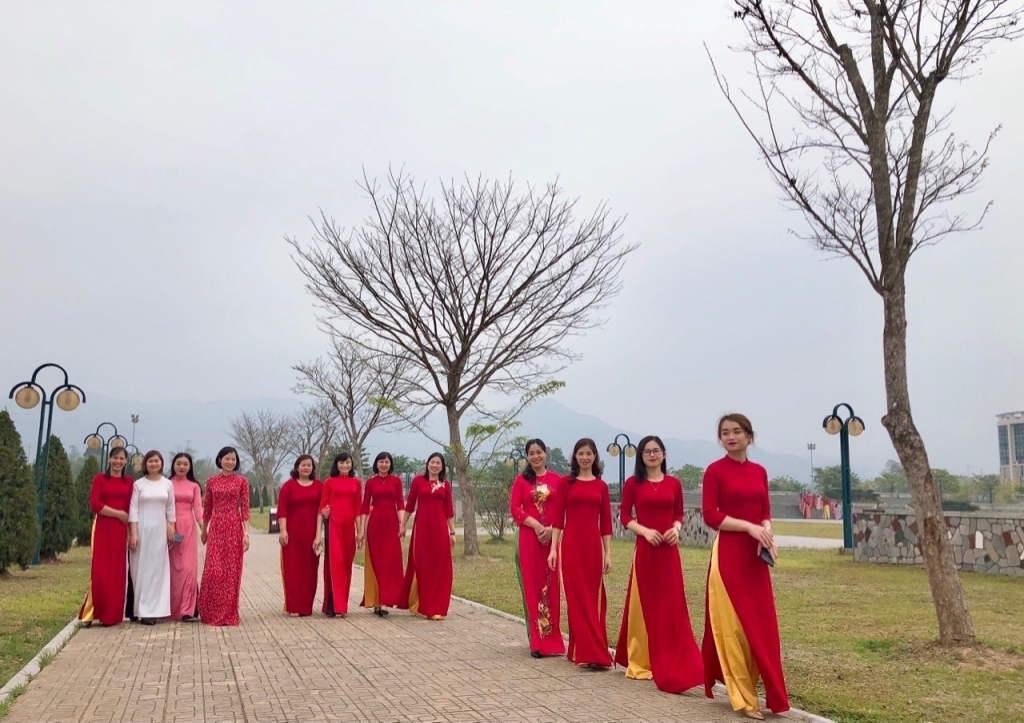
Through the ups and downs of history, through the changes of society and the times, the Ao Dai has always held an important position in the hearts of every Vietnamese person, always being a proud symbol of national culture, the pride of the country and the Vietnamese people.
Dieu Linh
Source


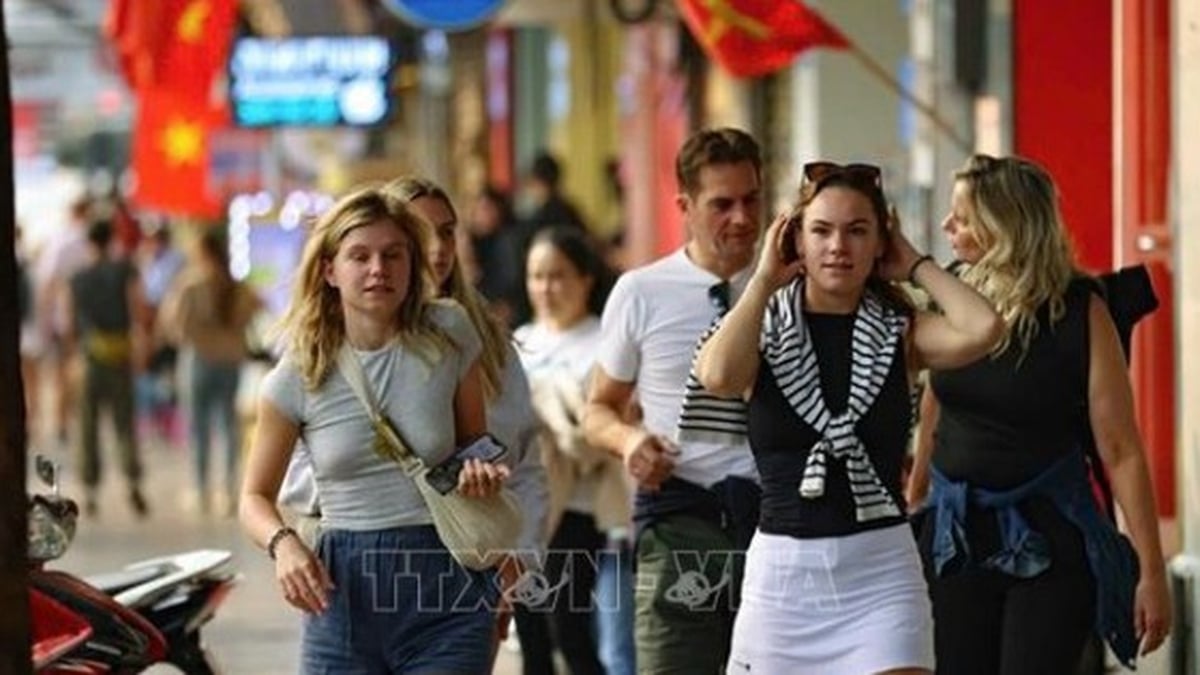
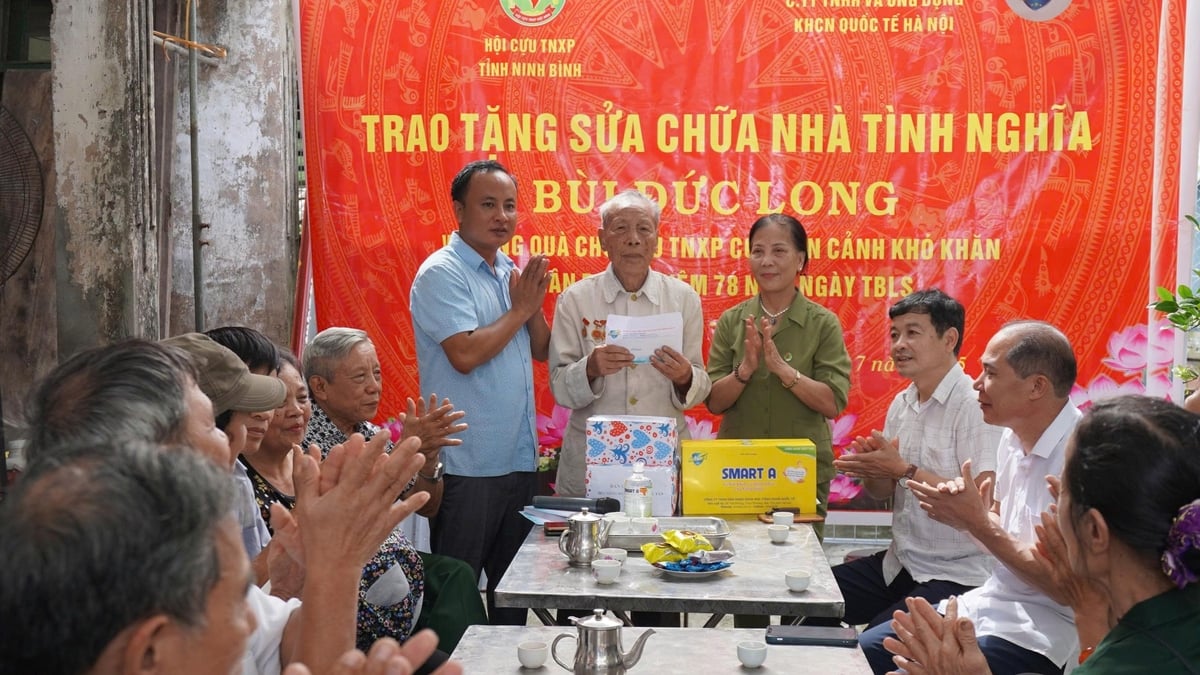

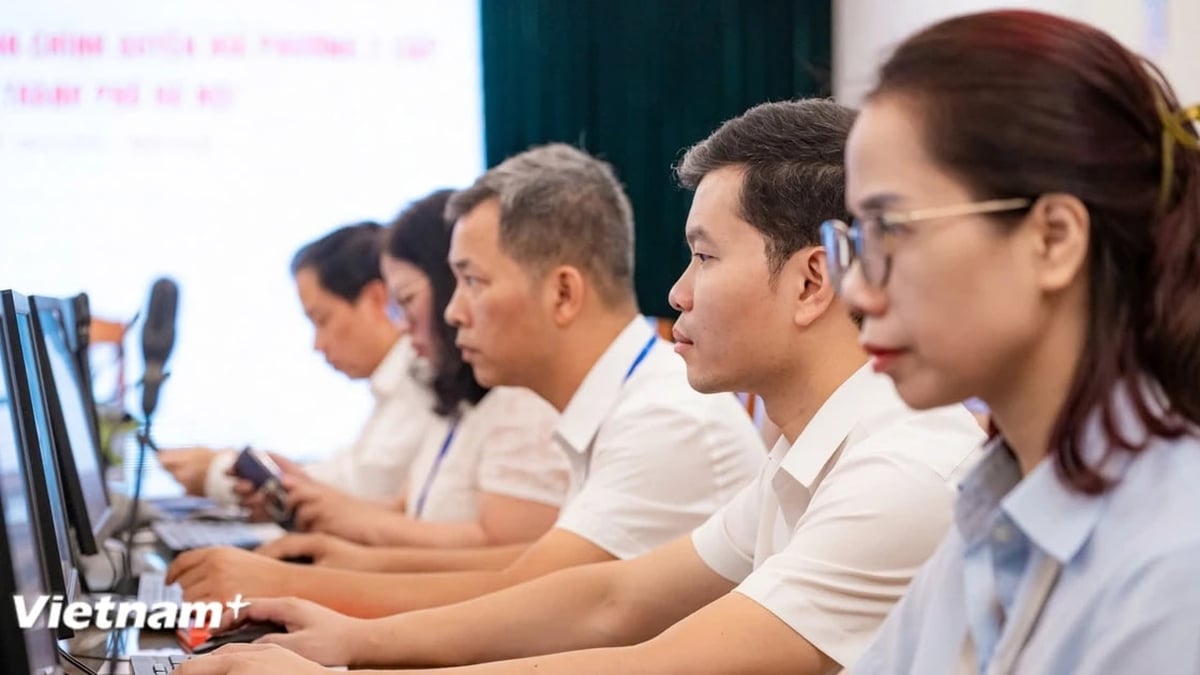
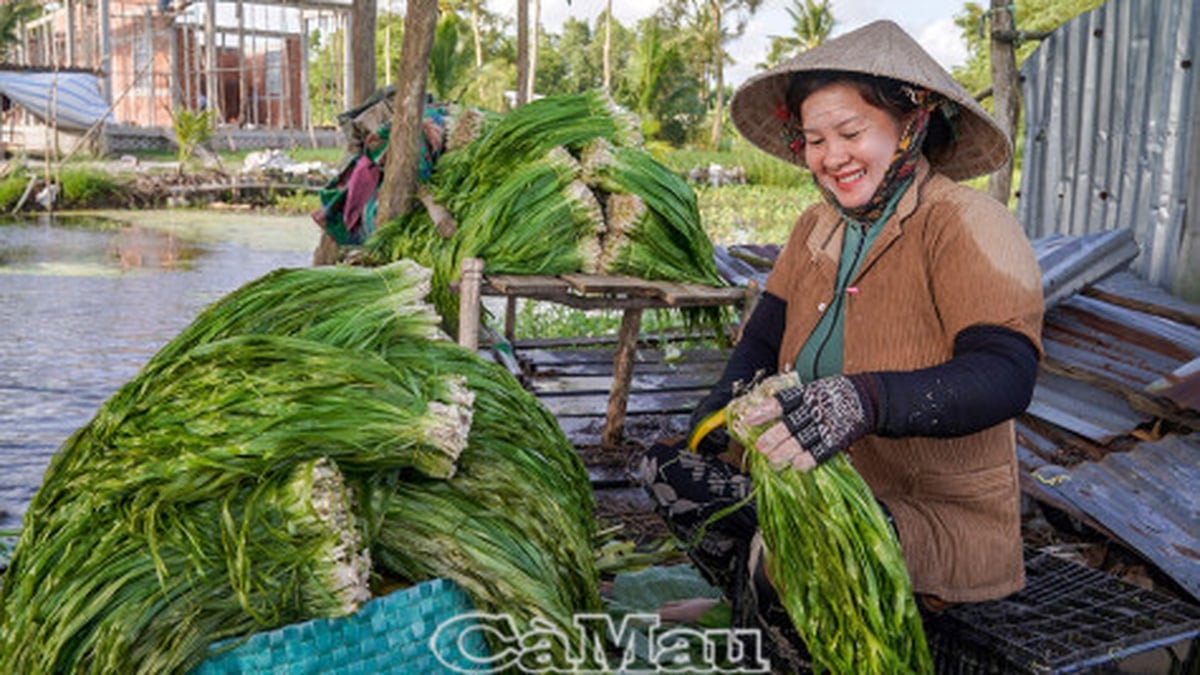

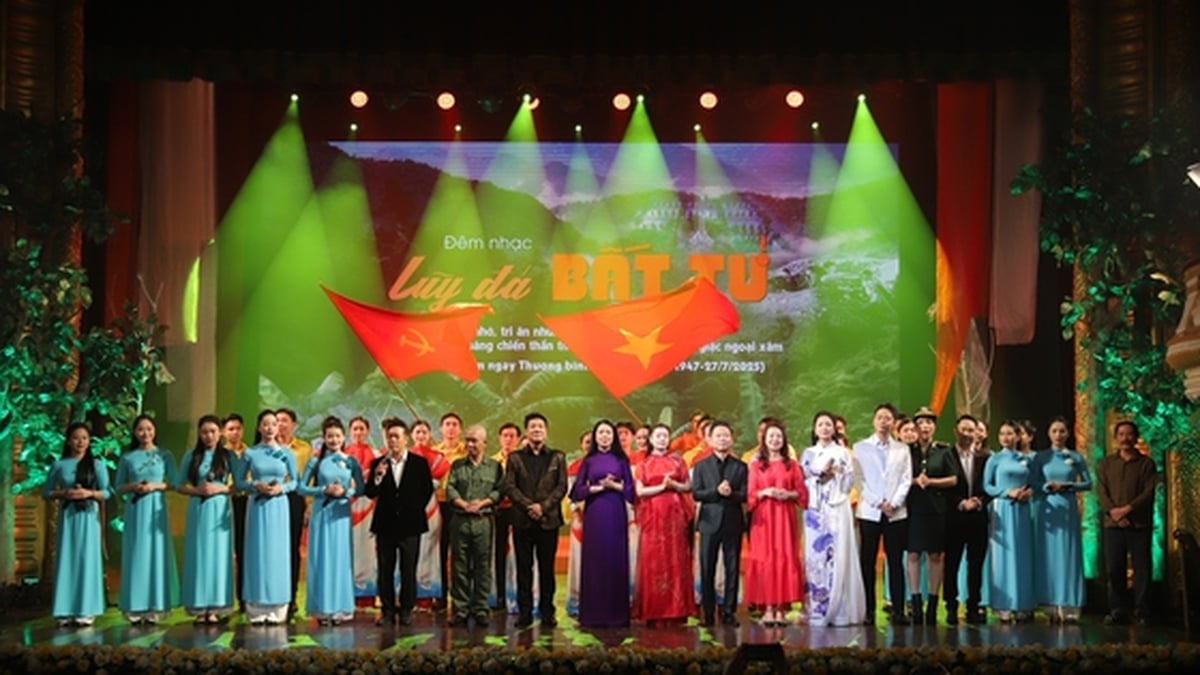

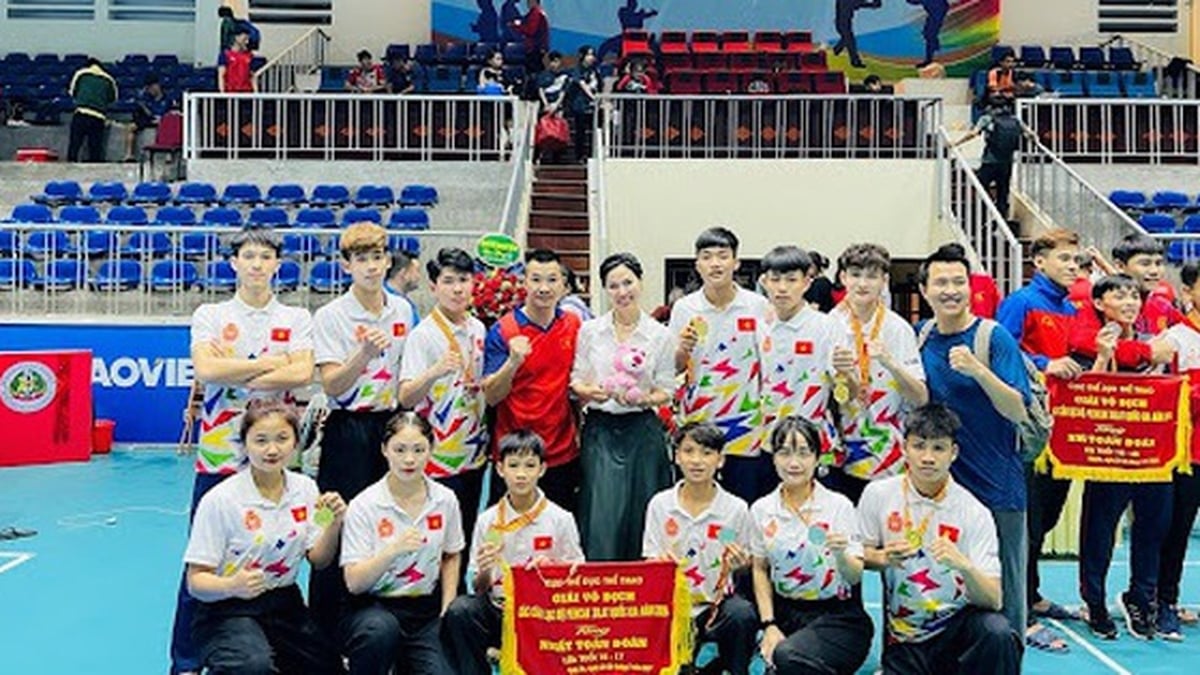










































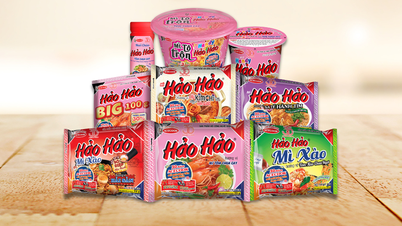



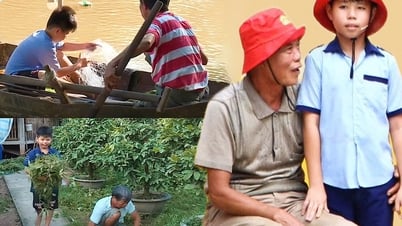








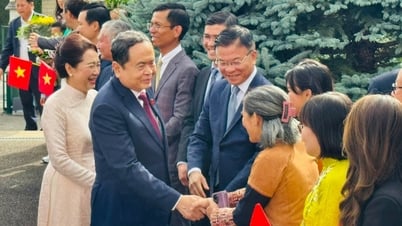



























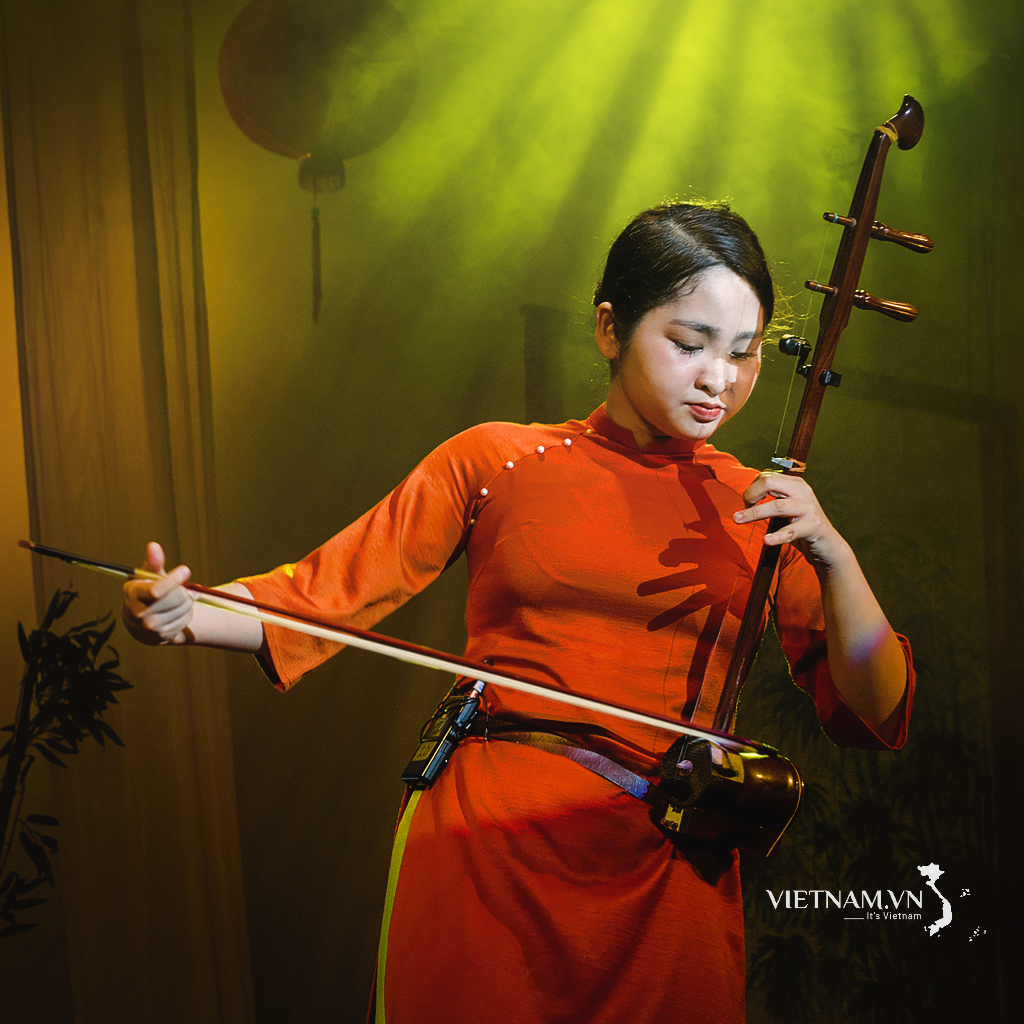


Comment (0)